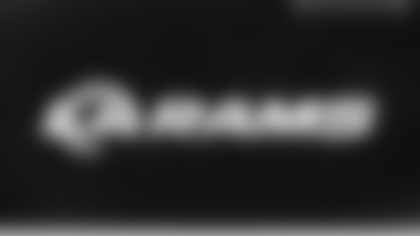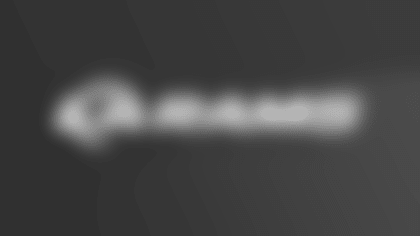The Los Angeles Rams have begun implementing a flexible plan at their facilities that adheres to both league and public health guidelines for COVID-19 risk mitigation.
"Everyone's biggest challenge, whether we're in sports or not, is that we're all kind of dealing with kind of an unknown," Rams Director of Football Operations Sophie Luoto said. "So we're all trying to adjust and plan as much as we can, without a lot of answers. We've done a really great job of collaborating across all groups here at the Rams, making sure that we are prepared enough to do what we need to do, but also nimble and flexible enough that if we get changes from the CDC or DICON (Duke Infection Control Outreach Network), we can make sure that those new policies are followed to the best of our ability."
Take a look at the Rams training facility and the changes being implemented to bring back coaches and players in a safely manner.
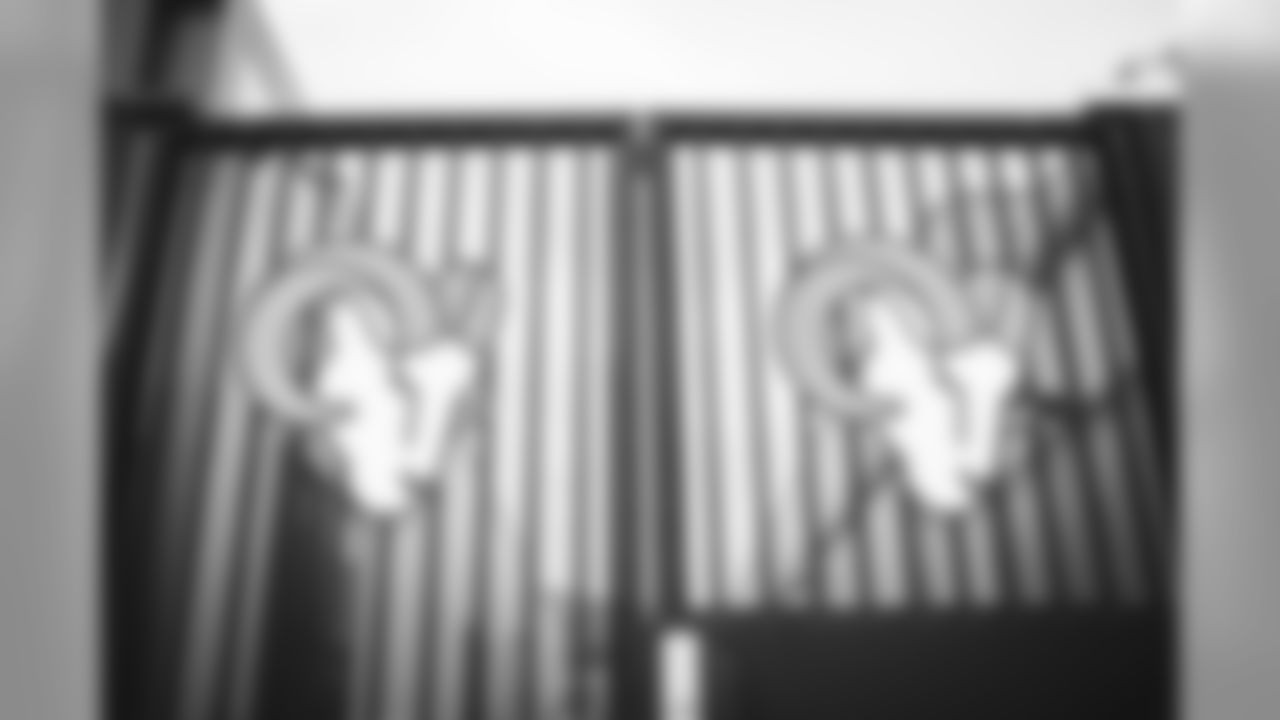

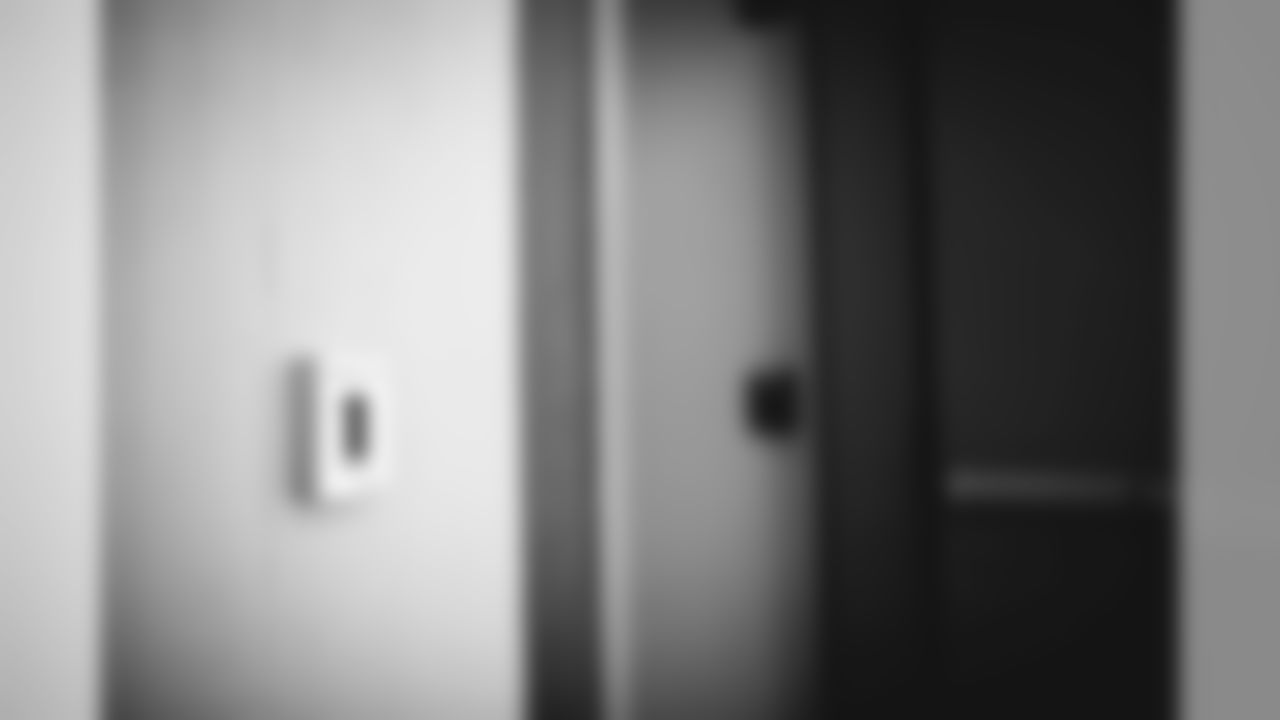






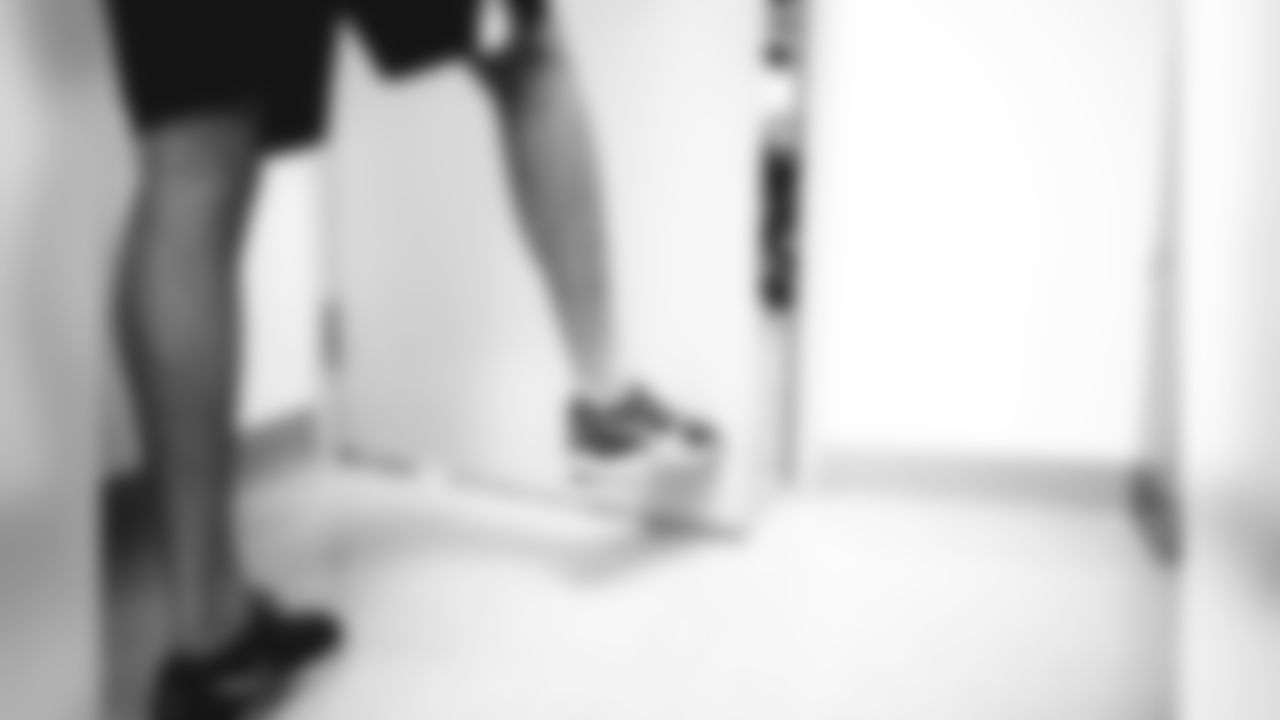


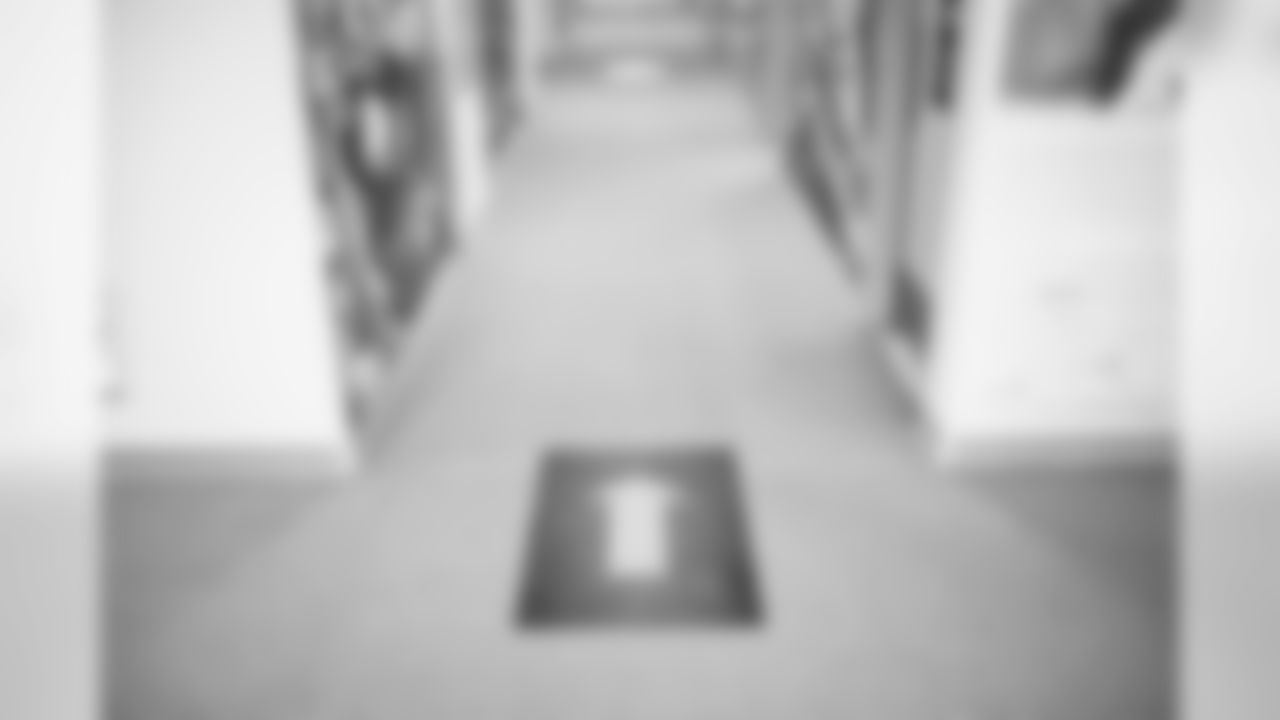
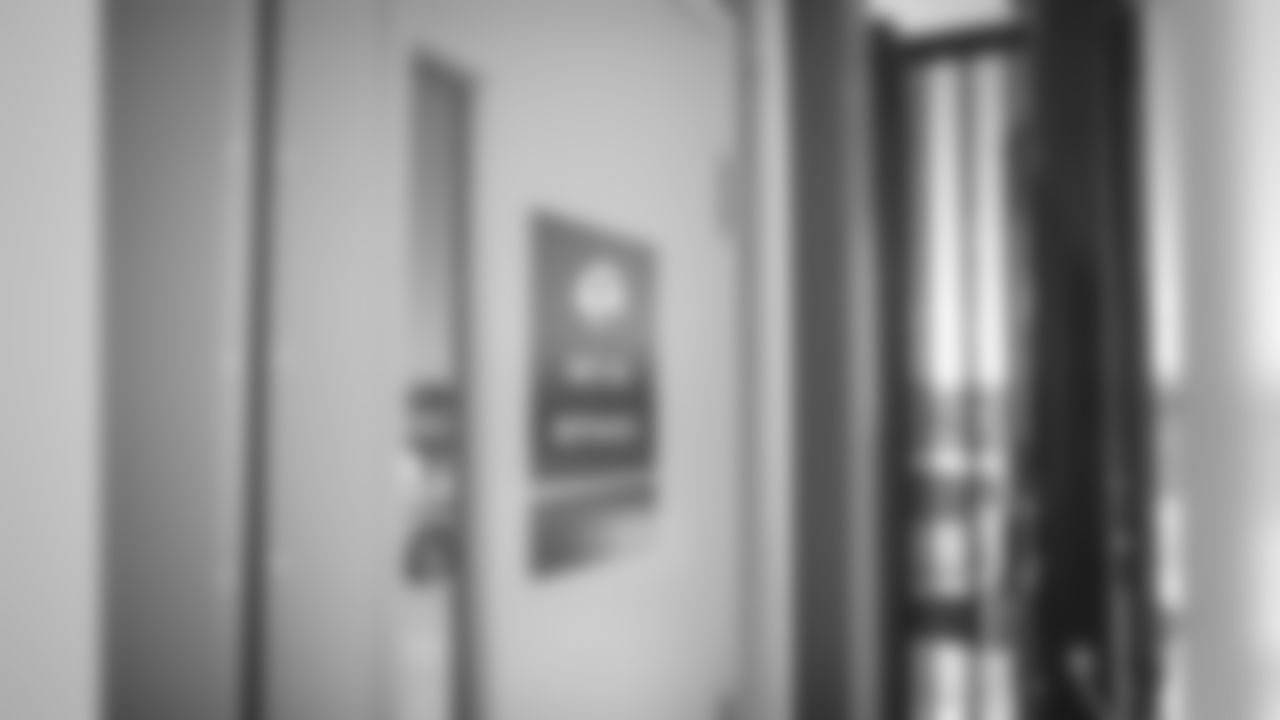

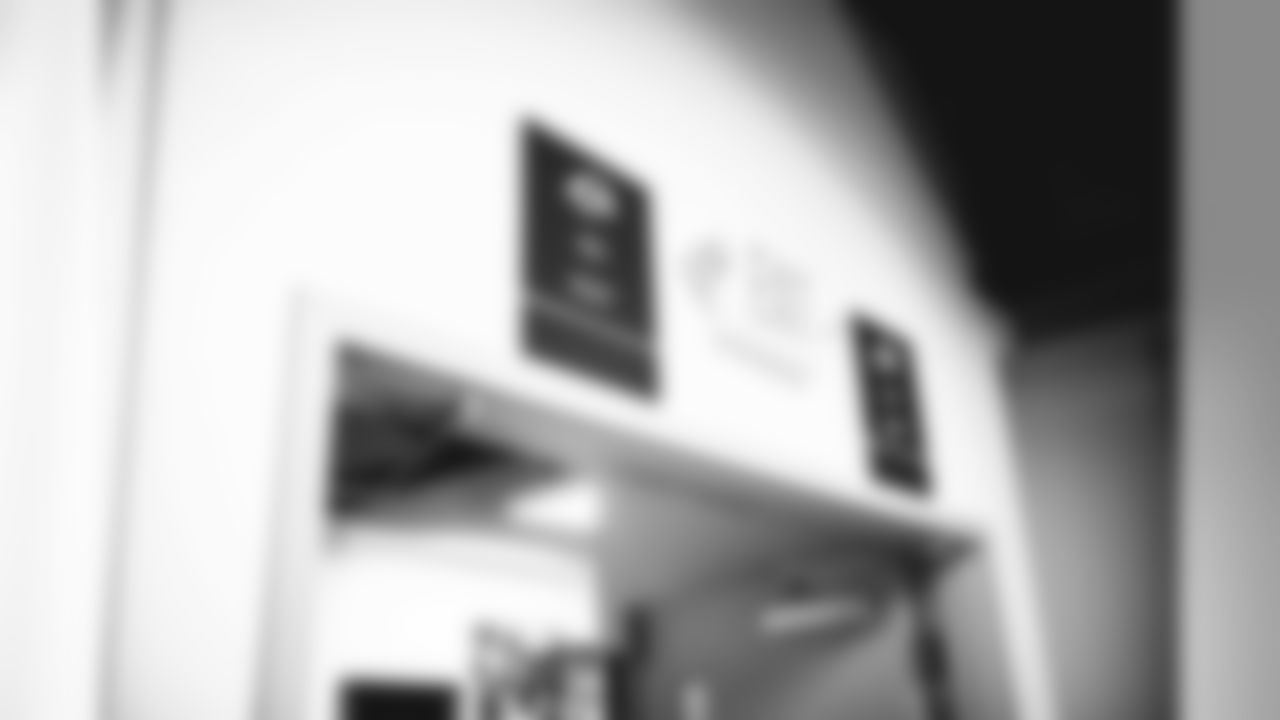


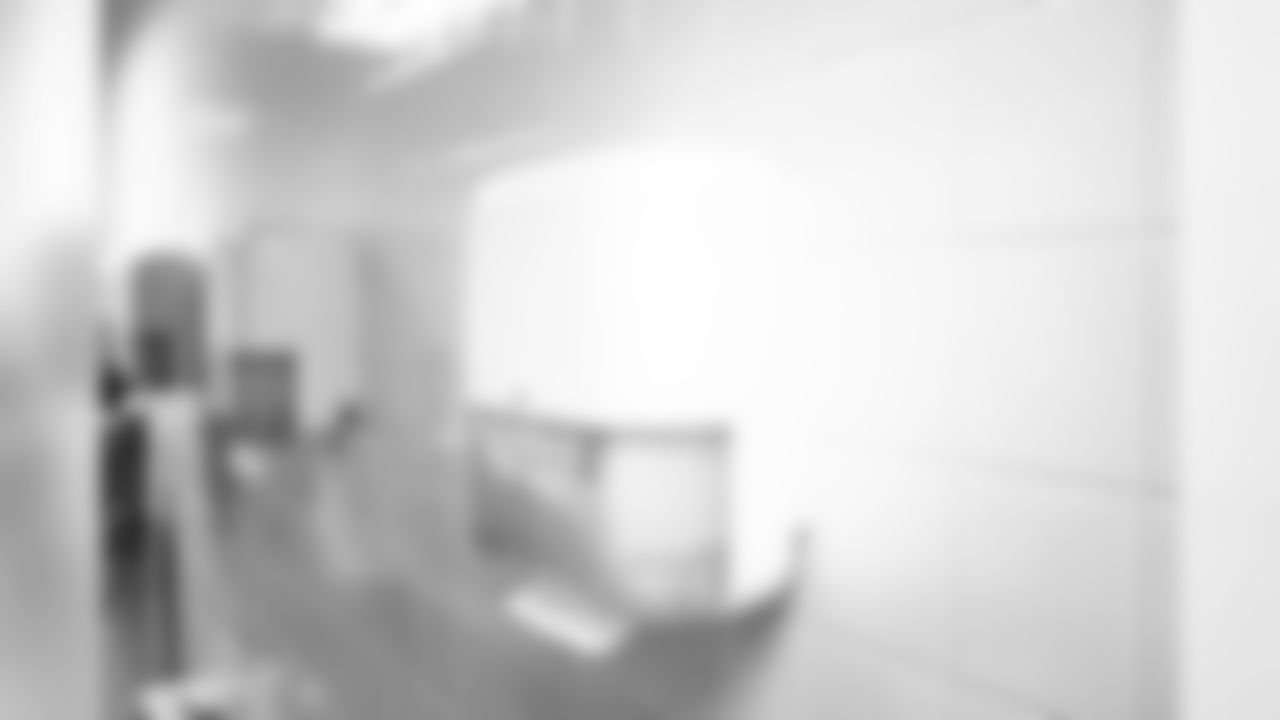

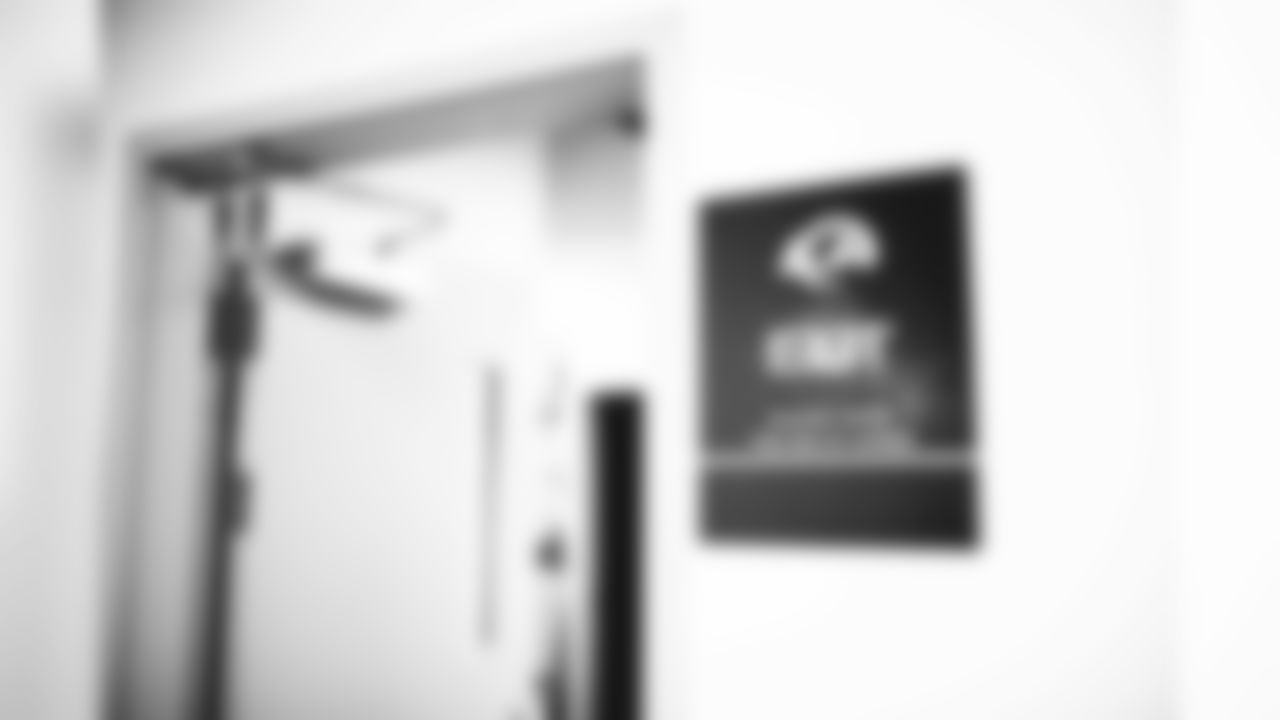


In order to comply with league mandates issued in a June 7 memo, the Rams will be carrying over much of their approach from their virtual offseason program.
Players and club staff must maintain six feet of distance from one another when inside team facilities. No more than 20 people can be in a meeting room unless space allows for six feet of separation. While position group gatherings will be largely unaffected with the exception of mandatory physical distancing, virtual meetings will still continue to be utilized in various capacities.
"We will do a combination of virtual meetings still with some install meetings, perhaps," Luoto said. "Really utilizing all that we did in the offseason program, and coach (Sean McVay) and the players really saw a lot of success in that."
Facility-wide indoor physical distancing requirements outlined in the memo also stipulate reconfiguring locker rooms to permit six feet of space between each player where possible. The Rams will address this by installing portable locker rooms inside the facility's media workroom. Besides optimizing the building, both Luoto and Rams Senior Director for Sports Medicine and Performance Reggie Scott said manipulation of the team's schedule will also assist its locker room physical distancing strategy.
"Although we're also going to do some interesting things with scheduling in making sure guys aren't in the room at the same time anyway, this will be a nice way to ensure, even if they all had to be for some reason, we're in a good spot," Luoto said.
Manager of Facility Operations Chris Hawes has been collaborating with Luoto, Scott and other members of the organization to construct the flow of the Rams' training facility and address high-touch points within it.
So far, solutions for both include automating doors and sinks and foot openers for bathroom doors. Areas such as meeting rooms that require touching the doors to be opened will have hand sanitizing stations right by them. Hawes also said they will also be installing an air-purifying system which purifies each room in the facility "daily, nightly, constantly.
Additionally, signage has been created and posted throughout the team's Thousand Oaks training facility and Agoura Hills business headquarters to promote one-way traffic. Both buildings also have checkpoint stations where employees must get their temperature taken and answer a questionnaire.
"So all that came together, and I think we're in a good spot of where we're going and what we're doing," Hawes said.
For Scott, the main goal of the Rams' COVID-19 task force – the group responsible for working with the NFL, DICON, state and local governmental officials to develop the organization's comprehensive safety program – is to be able to quickly treat players and employees if they get sick. The group's next most-important goal is to prevent the spread of the disease as much as possible using strategies such as M.E.S.H. – an acronym it developed which standards for Mask, Education, Social distance and Hygiene – knowing that COVID-19 will be around for the foreseeable future.
"If we can wash our hands, if we can really make sure we keep people at the appropriate distance, educate people on the importance of COVID and why we're doing what we're doing, and if we can wear our mask, we think we'll have a good strategy to optimize our team to stay healthy," Scott said.
Beyond those measures, the June 7 memo also states players and staff must wear masks at all times inside team facilities, unless a mask cannot be worn by players due to interference with performance of athletic activities.
Surgical masks must be replaced daily or more frequently if visibly soiled. Cloth masks must be laundered daily or staff and players must be provided with a sufficient supply of cloth masks so that they may rotate masks every three days. Teams are responsible for obtaining an adequate supply of surgical and cloth masks.
Externally, Luoto said the organization is still waiting for guidelines and mandates to come down from the NFL and NFLPA on outside groups that will or will not be allowed to visit the facility.




